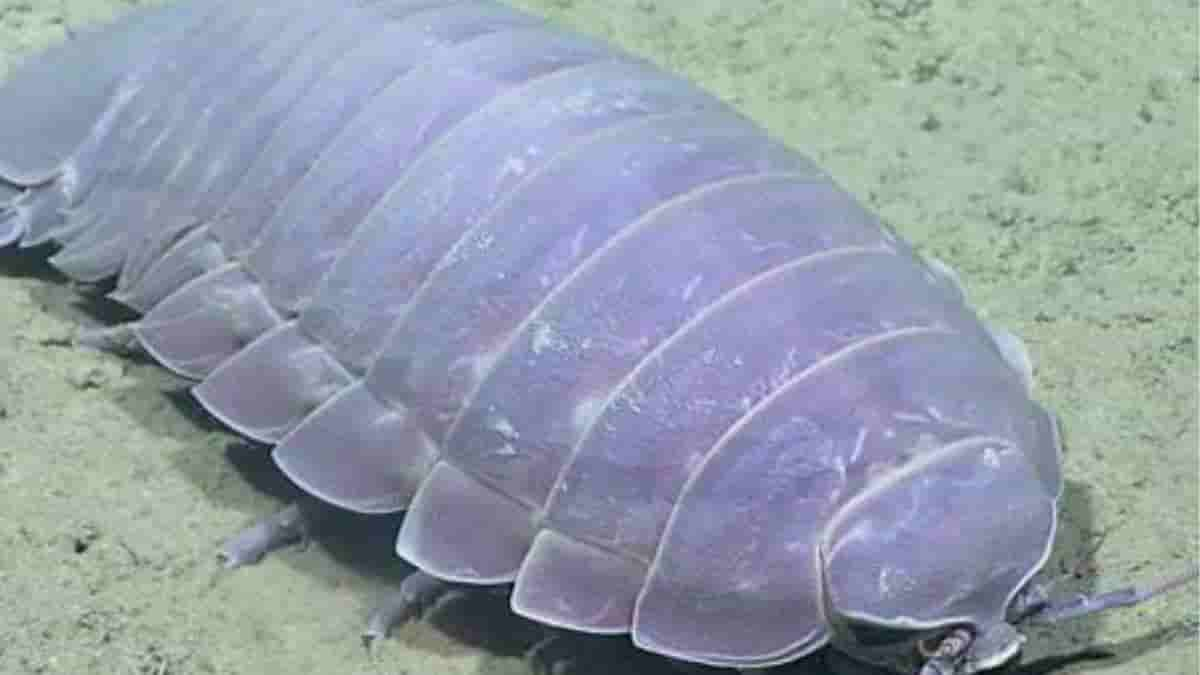Bathonymus yucatanensis, a newly discovered species found in the Gulf of Mexico

The newly discovered species, known as Bathonymus yucatanensis, is one of the almost 20 Bathonymus species still in existence.
A group of scientists from Taiwan, Japan, and Australia discovered the new species in the Gulf of Mexico, and they published their findings in the Journal of Natural History on Tuesday.
The newly identified species also referred to as B. yucatanensis, contributes to the growth of the giant isopod family, which includes creatures related to crabs, shrimp, and lobsters. A brand-new species called the isopod is more than 10 inches long and 25 times bigger than its smaller cousin. It was found living more than 2,500 feet under the water off the Yucatan Peninsula of Mexico.
The bizarre animal, an example of ocean gigantism, has an eye-catching creamy-yellow shell. Several species that live in the deep have a tendency to grow much larger than their cousins in shallower seas or on land.
The bulk of isopod species are under 10 mm in length (0.4 inches). The size of the 20 species in the “supergiant” Bathynomus genus is multiplied by more than 30. The weird and ape-like population lives in the benthic zone, the deepest region of the ocean, which is rarely explored. Their cousins, known to anybody who has picked up a rock or toiled in the garden, are shrimp and lobsters, which consume rotting matter.
They are remarkably similar to one another, save for their size. The longest reach is 1 foot 8 inches. Despite their terrifying appearance, people are completely safe around them.


